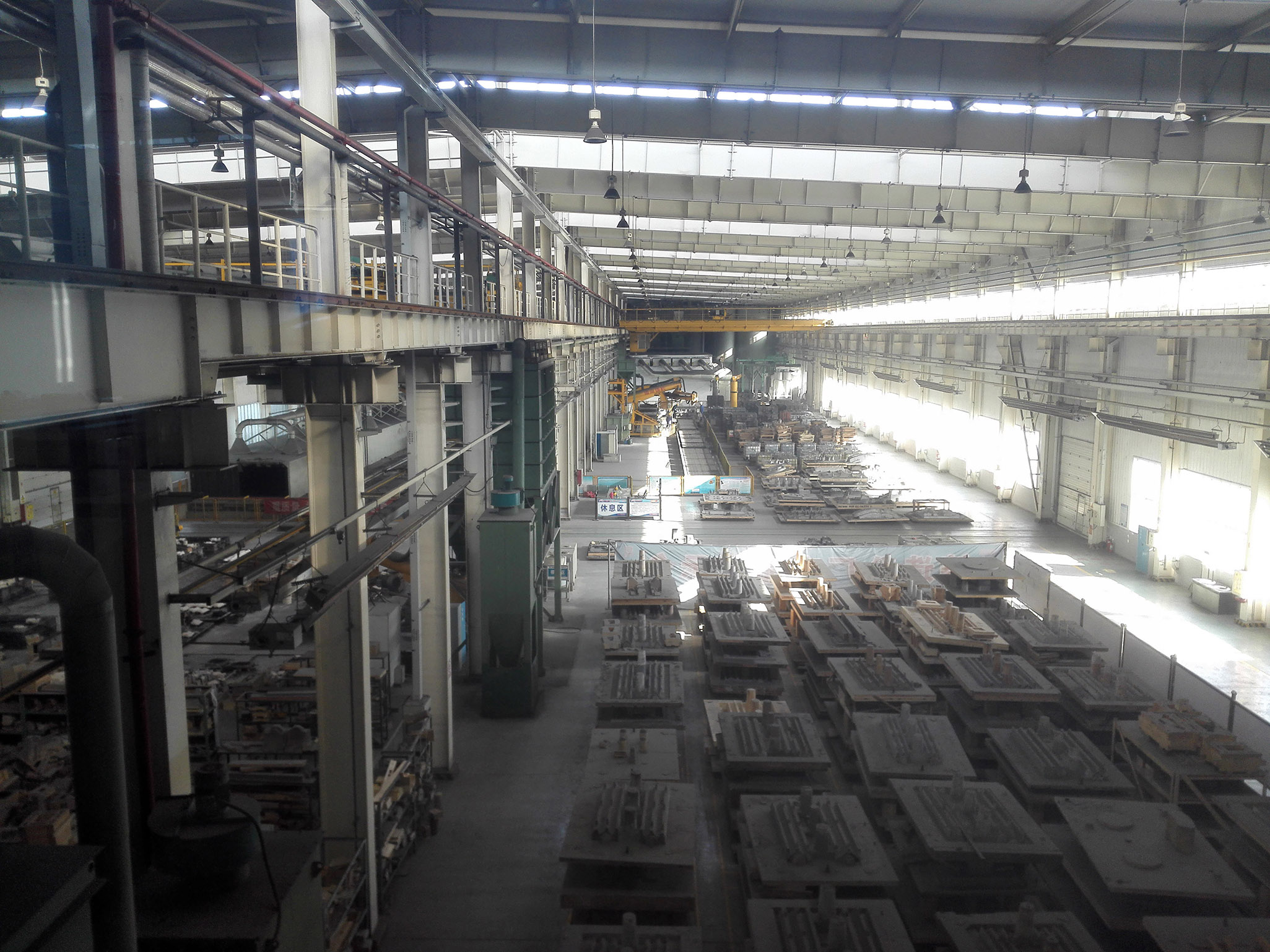- Afrikaans
- Albanian
- Amharic
- Arabic
- Armenian
- Azerbaijani
- Basque
- Belarusian
- Bengali
- Bosnian
- Bulgarian
- Catalan
- Cebuano
- China
- China (Taiwan)
- Corsican
- Croatian
- Czech
- Danish
- Dutch
- English
- Esperanto
- Estonian
- Finnish
- French
- Frisian
- Galician
- Georgian
- German
- Greek
- Gujarati
- Haitian Creole
- hausa
- hawaiian
- Hebrew
- Hindi
- Miao
- Hungarian
- Icelandic
- igbo
- Indonesian
- irish
- Italian
- Japanese
- Javanese
- Kannada
- kazakh
- Khmer
- Rwandese
- Korean
- Kurdish
- Kyrgyz
- Lao
- Latin
- Latvian
- Lithuanian
- Luxembourgish
- Macedonian
- Malgashi
- Malay
- Malayalam
- Maltese
- Maori
- Marathi
- Mongolian
- Myanmar
- Nepali
- Norwegian
- Norwegian
- Occitan
- Pashto
- Persian
- Polish
- Portuguese
- Punjabi
- Romanian
- Russian
- Samoan
- Scottish Gaelic
- Serbian
- Sesotho
- Shona
- Sindhi
- Sinhala
- Slovak
- Slovenian
- Somali
- Spanish
- Sundanese
- Swahili
- Swedish
- Tagalog
- Tajik
- Tamil
- Tatar
- Telugu
- Thai
- Turkish
- Turkmen
- Ukrainian
- Urdu
- Uighur
- Uzbek
- Vietnamese
- Welsh
- Bantu
- Yiddish
- Yoruba
- Zulu
Dec . 04, 2024 13:08 Back to list
Design and Performance Analysis of Double Shell and Tube Heat Exchanger Systems
Double Shell and Tube Heat Exchanger An Overview
Heat exchangers are essential components in various industrial processes, facilitating the transfer of heat between two or more fluids at different temperatures. Among the diverse types of heat exchangers, the double shell and tube heat exchanger stands out for its efficiency, versatility, and robustness in numerous applications. This article explores the design, functioning, advantages, and common applications of double shell and tube heat exchangers.
Design and Structure
A double shell and tube heat exchanger primarily consists of two concentric shells that house an array of tubes. The inner shell contains the primary fluid, often referred to as the 'process fluid,' while the outer shell accommodates a secondary fluid that acts as a coolant or heating medium. The heat transfer occurs through the walls of the tubes, allowing energy exchange between the process and the cooling fluids.
The design features two distinctive concentric shells, which significantly enhance the heat transfer efficiency. The inner shell can be further divided into multiple compartments, providing a well-defined path for fluid flow. This design enhances turbulence, thereby increasing the heat transfer coefficient. The materials used in this heat exchanger are typically chosen based on their resistance to corrosion, temperature variations, and specific process requirements.
Working Principle
The double shell and tube heat exchanger operates on the principle of conduction and convection. When the hot process fluid flows through the tubes, it releases heat to the tube walls. This heat is then transferred to the outer shell and subsequently to the cooler fluid. Because the fluids are kept separate, there is no contamination, making this system suitable for processes where fluid purity is crucial.
The flow arrangement can be designed in multiple ways, including counterflow, paralleling flow, or crossflow. Each configuration has its advantages in terms of thermal efficiency and pressure drop, allowing engineers to select the best arrangement based on operational requirements.
Advantages
One of the primary advantages of double shell and tube heat exchangers is their versatility. They can handle a wide range of operating pressures and temperatures, making them suitable for various industries, from chemical processing to HVAC systems. Furthermore, their robust design ensures durability and a long service life, even in demanding environments.
double shell and tube heat exchanger

Another significant benefit is the enhanced thermal efficiency due to the increased surface area for heat transfer facilitated by the double shell configuration. This increased efficiency can lead to reduced energy consumption and lower operational costs, a key consideration for industries seeking to improve profitability.
Additionally, the modular nature of design allows for easy maintenance and cleaning, which is essential for ensuring continued performance and compliance with safety standards.
Common Applications
Double shell and tube heat exchangers find applications in several industries, including
1. Chemical Processing Used for cooling hot reactants and heating feed streams to reactors, ensuring optimal operating temperatures. 2. Oil and Gas Employed in refineries for heat recovery and product cooling, essential for energy conservation efforts. 3. Power Generation Utilized in cooling systems of power plants, where efficient heat dissipation is vital for maintaining operation and safety.
4. Food and Beverage Important in pasteurization and sterilization processes, where maintaining high hygiene standards is critical.
5. HVAC Widely used in building heating and cooling systems to ensure comfortable living conditions while maximizing energy efficiency.
Conclusion
In summary, the double shell and tube heat exchanger is a vital component in many industrial applications due to its efficient heat transfer capabilities, robust design, and adaptability to various processes. As industries continue to seek ways to enhance efficiency and reduce costs, the significance of such heat exchangers is only expected to increase, making them a key player in the ongoing advancement of thermal management technologies.
-
8mm Thin-Walled Cast Steel Manhole Cover Pallet Bottom Ring | Durable
NewsAug.04,2025
-
Premium Cast Iron Water Main Pipe: Durable, Corrosion-Resistant
NewsAug.03,2025
-
Durable Cast Iron Water Mains | AI-Optimized Systems
NewsAug.02,2025
-
High-Efficiency Propane Boiler for Baseboard Heat | Save Energy
NewsAug.01,2025
-
Premium Source Suppliers for Various Gray Iron Castings
NewsJul.31,2025
-
Durable Cast Iron Water Main Pipes | Long-Lasting
NewsJul.31,2025


